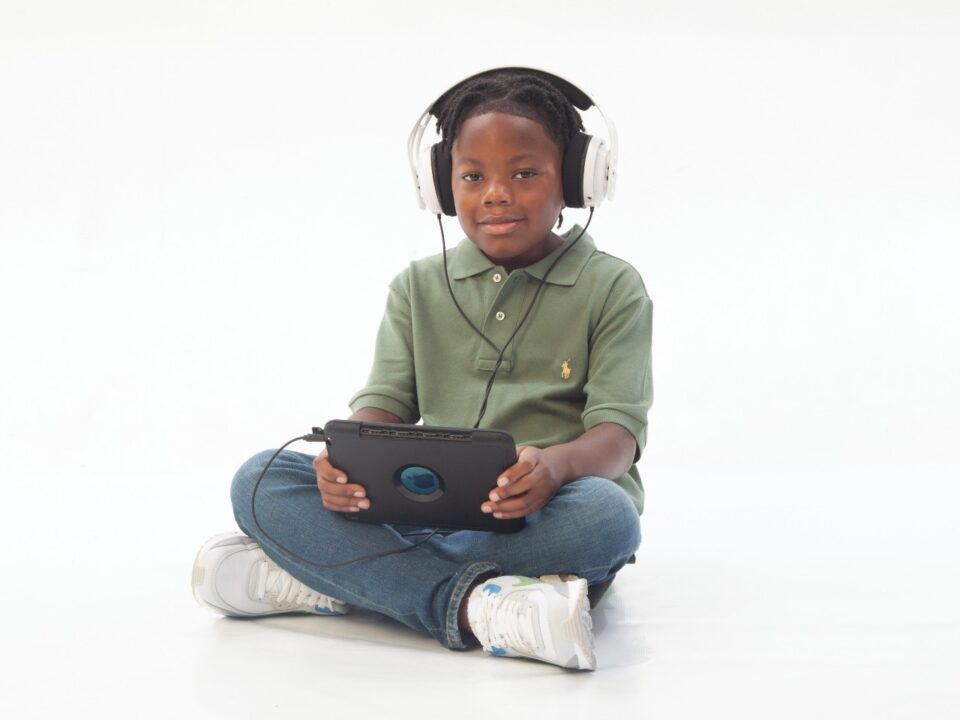
How to Really Learn a Language
Knowing how to speak another language fluently or even sparingly is something that can be really useful. It is something you can put on a resume, and it allows you to communicate with people that you wouldn’t have been able to otherwise. It gives you an insight on different cultures, too. So, when it comes to your children, you may feel an urge to encourage them to learn a new language while they are still young. While this may seem like a daunting task, today’s technology and advancements in learning makes learning a new language a lot simpler. It still isn’t easy, though, as a lot of time and effort is still required. Knowing what works and what tools are useful can help your little one actually enjoy learning something that can potentially have life long benefits.
WHAT STRATEGIES TO INCORPORATE
As with anything in life, coming up with a list of strategies can greatly increase your odds of success. Going into a problem beforehand with a plan to succeed can ease any stress and negativity that comes with undergoing a difficult task like learning a new language. Here is just a list of somethings that can be helpful:
- Learning alongside them
- Motivate through play
- Reading books or singing songs
- Using today’s technology
- Create a stimulating environment
- Implementing the new language in their everyday lives
LEARNING ALONGSIDE THEM
The best piece of advice for helping your children learn a new language is by learning alongside them. The best way to teach children is by being actively involved. You can’t simply tell them they should learn this new language and expect them to do it on their own, and, if you are going to teach them, you have to know the language yourself or at least be willing to learn it alongside them. You don’t need to be fully fluent, but having the willingness to learn and patience to teach will not only encourage your children but also provide a great example of working hard to do a difficult thing. Children learn a lot from their parents, and learning a new language together can be a great experience for the both of you!
MOTIVATE THROUGH PLAY
Oftentimes, a child’s favorite thing to do is play. So, when they are able to learn a new language while seemingly playing and having fun, it turns into a win-win situation for them! There are a variety of different games that you can play that can help with things like counting, identifying colors, shapes, animals, and so much more. For example, playing a commonly known game like Hide-and-Seek can help your child learn how to count in a different language without them even realizing it. In their eyes they are simply playing a game they are familiar with.
READING BOOKS, SINGING SONGS AND WATCHING TV
Children learn through exposure and repetition. When this happens in association with specific images or words from a TV show or book, they are introduced to this new language in a way that helps them learn word meaning and pronunciation. Singing songs as well helps children memorize more words. TV shows, books, and songs are all also entertaining and engaging, which is always helpful when trying to keep the attention of children focused on a specific task.
USING TODAY’S TECHNOLOGY
In the modern world, you have access to a wide variety of resources at your fingertips. Using the Internet to learn a new language online can be very productive. It’s not exactly like a class setting, so it is a bit more relaxed and low stakes as they are able to take it at their own pace. Some useful apps for children include: Duolingo, Rosetta Stone, Pronunciator, Muzzy, and more. All it takes is a quick Google search, and you now have the Internet at your disposal.
CREATING A STIMULATING ENVIRONMENT
In order for children to learn, they need to be in an environment where they are supported and feel comfortable. This positive stimulation makes them feel encouraged to learn and make mistakes. They also should not feel pushed beyond what they are comfortable with. There is the gentle nudge, but they should be allowed to set their own pace when it comes to learning a new language. If they feel stuck or agitated with a specific section, encourage them to rest and do other activities to refresh themselves. Once they are ready to attack the problem again, work through it with them. Once they finally get it, make sure to give them plenty of praise and rewards in order to associate progress with something positive!
IMPLEMENTING THE NEW LANGUAGE IN THEIR EVERYDAY LIVES
The best way to get a new language to stick for children is by implementing it into their daily lives. If they do not use it on at least a semi-regular basis, everything they learned would just be forgotten. This is the simplest way to teach your children as well. When you go out, simply have them name objects, colors, shapes, etc. Have them explain what they are doing in a different language. This attention to detail allows them to be more fluent in this new language and give them real-world experiences using this language.





